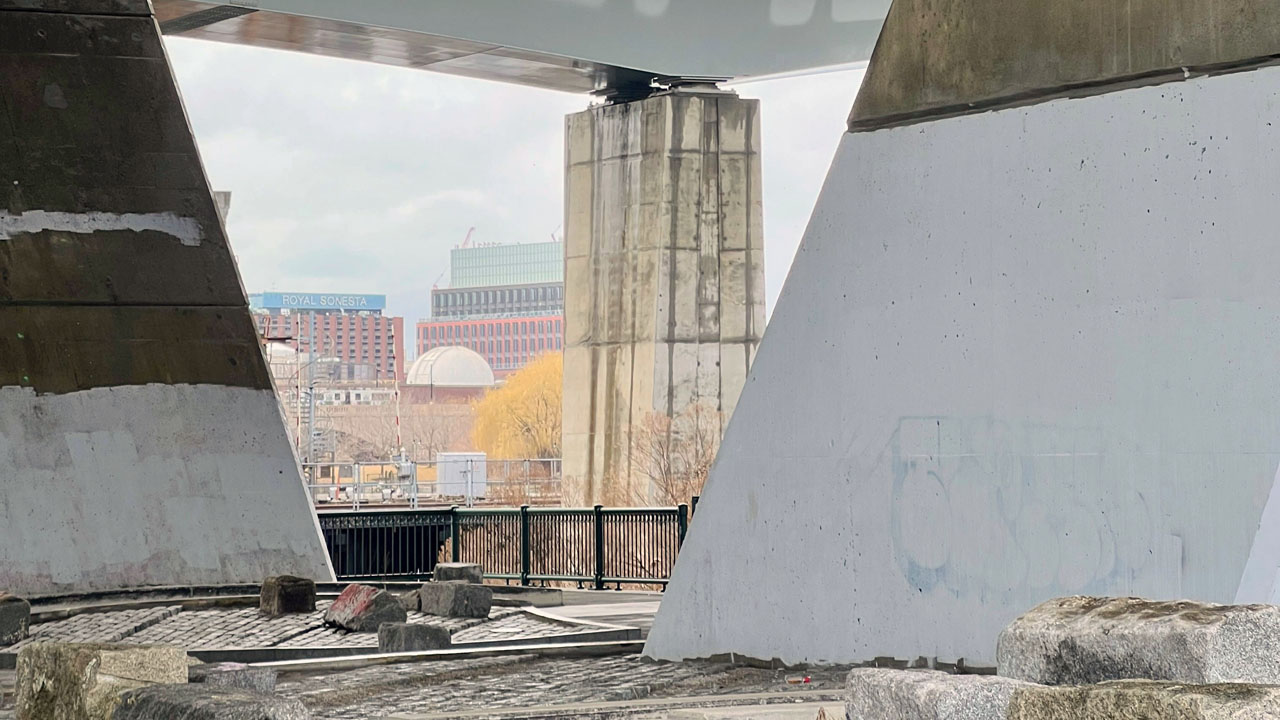The foundation is the most critical part of any building, ensuring its strength, stability, and longevity. The term comes from the Latin word fundamentum, meaning “base” or “support.” The quality of the foundation directly impacts how long and securely your home will stand.
Cutting corners on the foundation can lead to severe issues, such as wall cracks, structural shifting, or even collapse. That’s why choosing the right type of foundation is essential, considering the building’s load, soil conditions, and local climate.
Types of Home Foundations
Foundations vary in design and the way they distribute weight. The most common types used in residential construction include:
-
Strip (or Continuous) Foundation
A reinforced concrete strip runs under all load-bearing walls, providing strong support. It is ideal for homes with heavy walls (such as brick or concrete structures).-
Shallow strip foundations are suitable for lighter buildings.
-
Deep strip foundations work best for larger, heavier homes.
-
-
Pier (or Post) Foundation
This type consists of separate columns (piers) placed at key load-bearing points, such as corners and major walls.-
It’s an affordable and easy-to-install option, commonly used for lightweight wooden or framed houses.
-
However, it is not suitable for heavy buildings or unstable soil conditions.
-
-
Slab (or Monolithic) Foundation
A solid concrete slab evenly distributes the building’s weight across the ground.-
It is ideal for areas with weak or shifting soil, as it prevents uneven settling.
-
While this is the most expensive option, it provides maximum stability and durability.
-
How to Choose the Right Foundation
Before selecting a foundation type, it’s crucial to conduct a soil analysis on the property. Key factors to consider include:
-
Soil type – Sand, clay, or rock-based soil affects the foundation’s load-bearing capacity.
-
Frost depth – In colder climates, the foundation must be placed below the frost line to prevent damage from freezing and thawing.
-
Water table level – If groundwater is high, additional drainage systems or specialized foundations may be necessary.
-
Building weight and height – Heavier and taller structures require stronger, more reinforced foundations.
Final Thoughts
The foundation is the key to your home’s durability and safety. Mistakes made during this stage can lead to serious problems in the future. Choosing the right foundation type and using high-quality materials will ensure your home remains strong and stable for generations.




